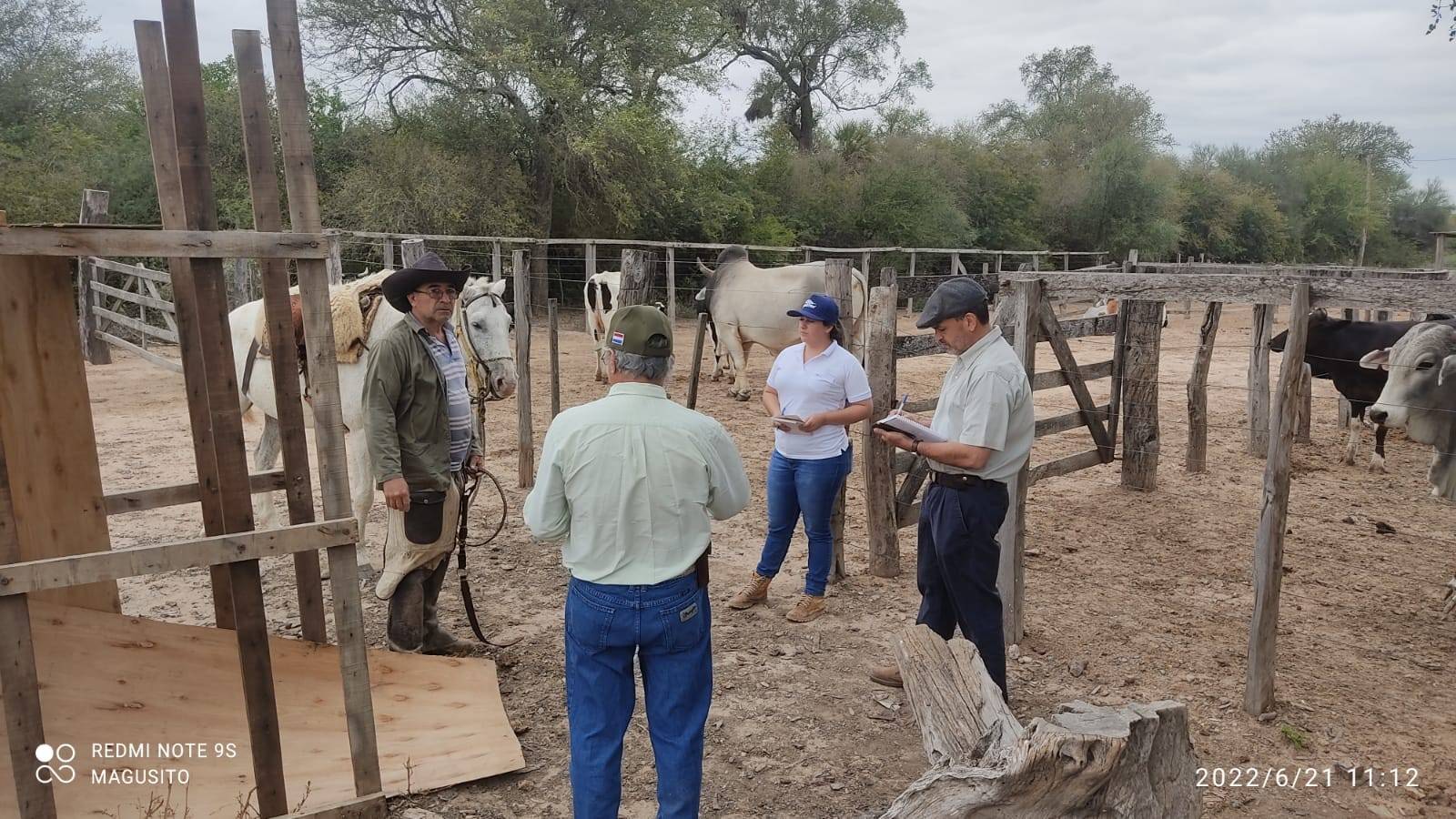During june and july, the technical team of the project in Paraguay toured the pilot sites supervising the work of the producers and conducting training.

Progress in Paraguay of the FONTAGRO project "Increased Bovine Productivity in the South American Chaco"
During June and July 2022, the technical team of the project in Paraguay toured the pilot sites supervising the work of the producers and conducting training.
The Paraguayan Chaco region is made up of three of the country's seventeen departments: Boquerón, Alto Paraguay and Presidente Hayes, which are in turn the largest in area and at the same time the smallest in population.
In this region, the FONTAGRO project “Increased Bovine Productivity in the South American Chaco” together with livestock producers, have installed 15 pilot demonstration sites -in Boquerón and Presidente Hayes- of the technologies that are to be disseminated.
During June and July 2022, the Paraguayan project team formed by Dr. Vet. Maura Ortiz, Ing. Agr. Antero Nicolás Cabrera Cardus, Dr. Vet. Silvia Chirife, Dr. Vet. Máximo Riquelme, and extension technicians and technicians Liliana Heinrichs, Derlis Zárate Technician, Victor Miguel Hermosilla, Ing. Zoot. Aida González, Dr. Vet. Eder Bóbeda and Ing. Agr. Derlis Samaniego toured the region.
The tours consisted of recognition of the situation of the producers, of the productive systems, providing technical assistance to them, as well as supervision of the pilot sites and the farms where, for example, black oats (Avena strigosa) was grown as an alternative fodder resource for the winter season.
It is a forage that stands out for its hardiness, good forage production, earliness, tillering capacity and the possibility of early sowing in autumn. In addition, it thrives in a wide range of soils. Fed with this forage, the animals can gain between 60 and 100 kilos per head in a period of 100 days.


In the visits to the pilot sites, it was found that the oat crops were in optimal conditions and the visit was used to make the necessary recommendations for the best use and exploitation of this forage resource.
The objective of the visit of the project team, in addition to socializing with the producers/demonstrators, was to provide technical assistance according to the production systems, learn more about the pilot sites of each group of producers and recommend possible technologies that would be feasible to apply in each zone; in addition to accompanying the work of Extension Technicians.
The te m met with producers eager to participate in the project to increase the productivity of their farms, but who have many difficulties, starting with the drought. In this context, the lack of forage is an important factor in achieving increased productivity. Few producers are aware that they must prepare reserves. In terms of animal health, they carry out compulsory vaccinations, although they could improve the condition of the animals if they acquire more basic health knowledge.






